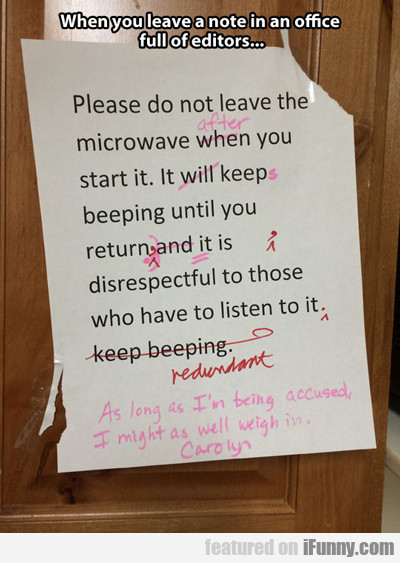 Image courtesy of suphakit73 at FreeDigitalPhotos.net
Image courtesy of suphakit73 at FreeDigitalPhotos.net
If you have been following my blog, you know I looooove worldbuilding.
Good worldbuilding brings a layer to the game where the characters are more real, the plot more driven, and the story becomes mind-blowing as the reader forgets about their own world and gets involved in yours. Generic worldbuilding creates an opposite affect – the characters are cutouts, the plot phoned in, and the story so “paint-by-numbers” the reader would have been better off buying a choose-your-own-adventure.
The superhero prose genre has some of the best and some of the most generic worldbuilding I have ever seen. Of all sci-fi/fantasy type stories, Superhero prose is one of the easiest for world-building so not doing it is beyond lazy. You don’t need to define where the powers come from – people could one day wake up with the powers; you don’t need to define how they work, they just do. You can play fast and loose with real science, sci-fi science, and fantasy magic. The rules don’t need to make sense. You can have standard powers ranging from “brick” (invulnerable and strong) to speedster to energy. This subgenre, thanks to roleplaying, comes with lots of quick power ideas clearly defined.
The superhero romance I just read did not even try. The superheroes were one family, and they fly and have superstrength, and, with the strength levels, needed to be careful with their romantic interests. Fly and have superstrength; that was it! The extent of the worldbuilding stopped with being careful when hugging their women. No variation between the powers – not even one brother flies better and the other is stronger and the third more invulnerable so they change who responds to what emergency.
I’ve seen generic powers become fun with the superhero learns control by learning how to cook; think fried eggs for strength and whipping up a souffle for speed. The Greatest American Hero TV show (1981-1983) had a flying hero afraid of heights, so when he first started he topped out his flying at 5 feet above the ground. Take what makes your world unique to the next level!
It’s okay to start your world as “generic” fantasy with elves, orcs, and dwarves or your sci-fi with “typical” faster-than-light travel and laser cannons. Even urban fantasy has the generic setting of vampire, werewolves, and ghosts. But once establish…
make it yours.



